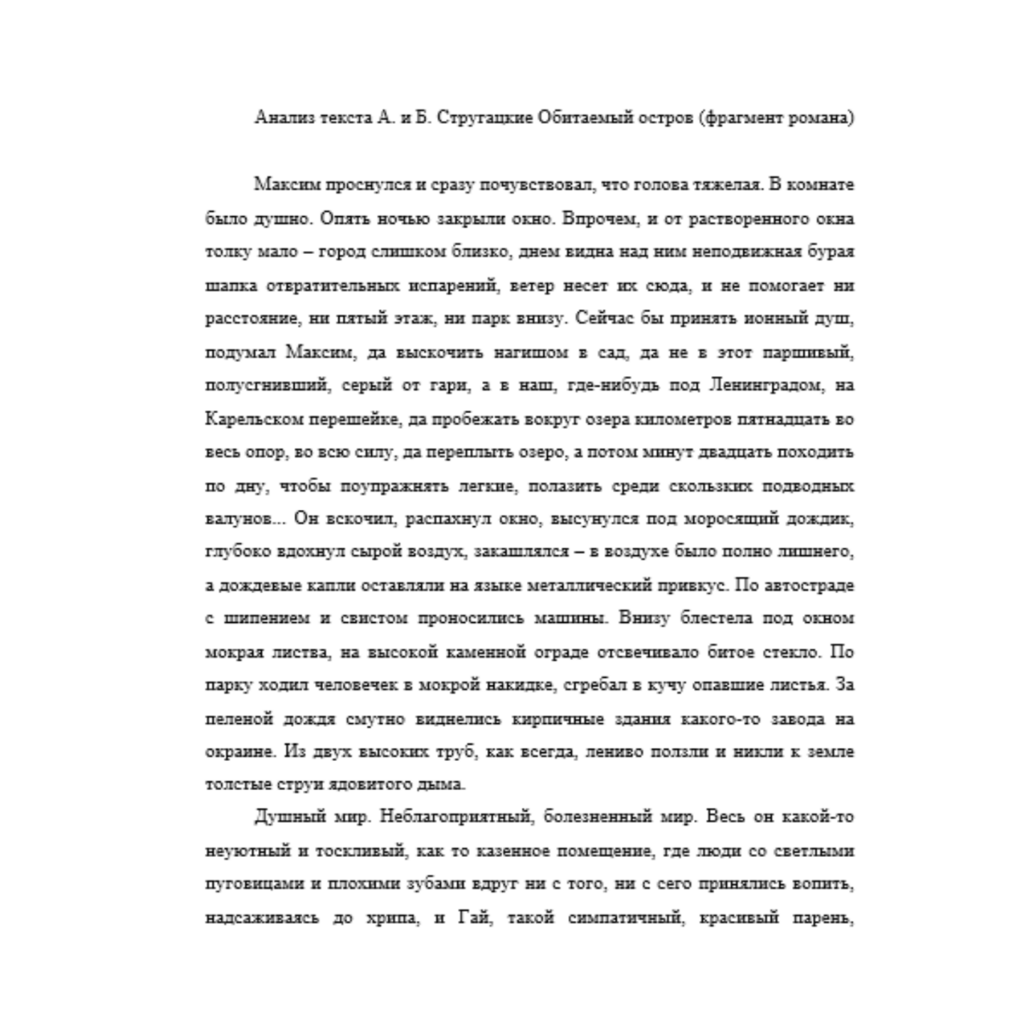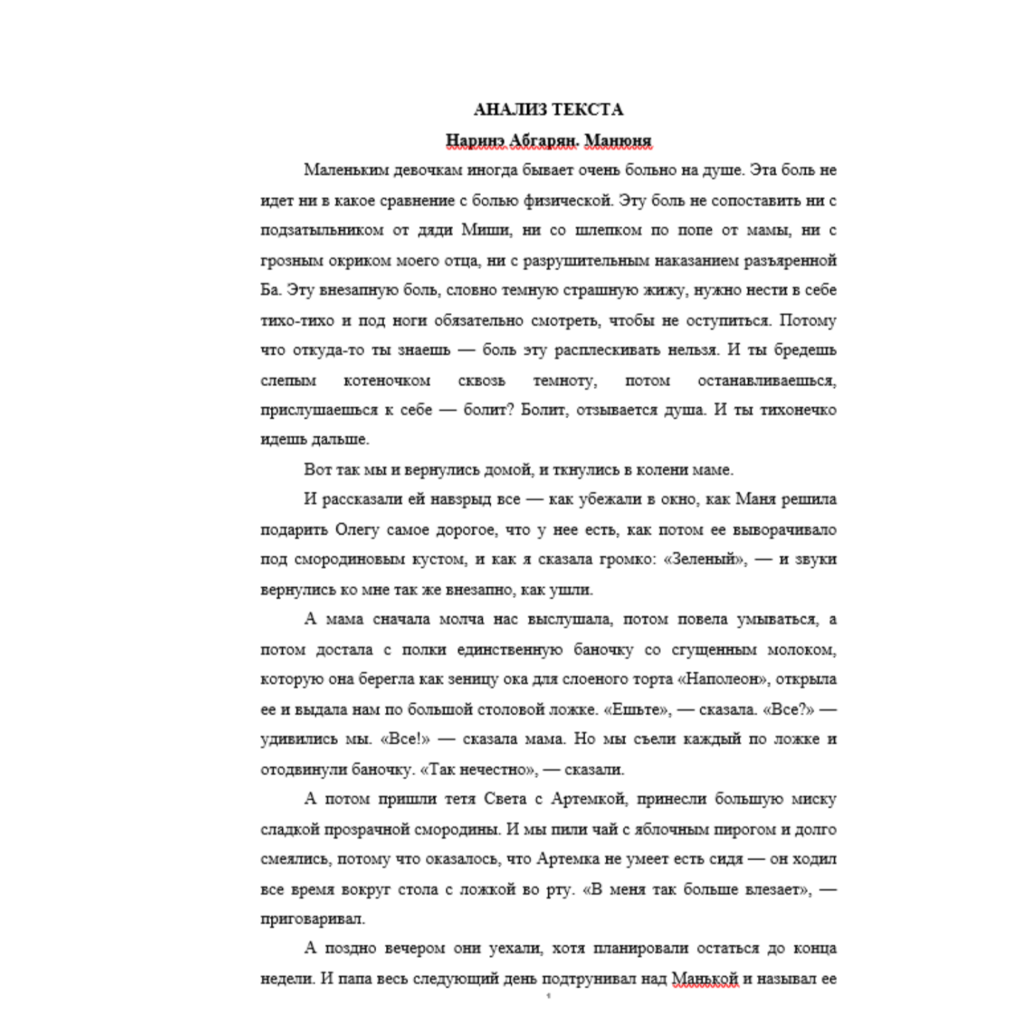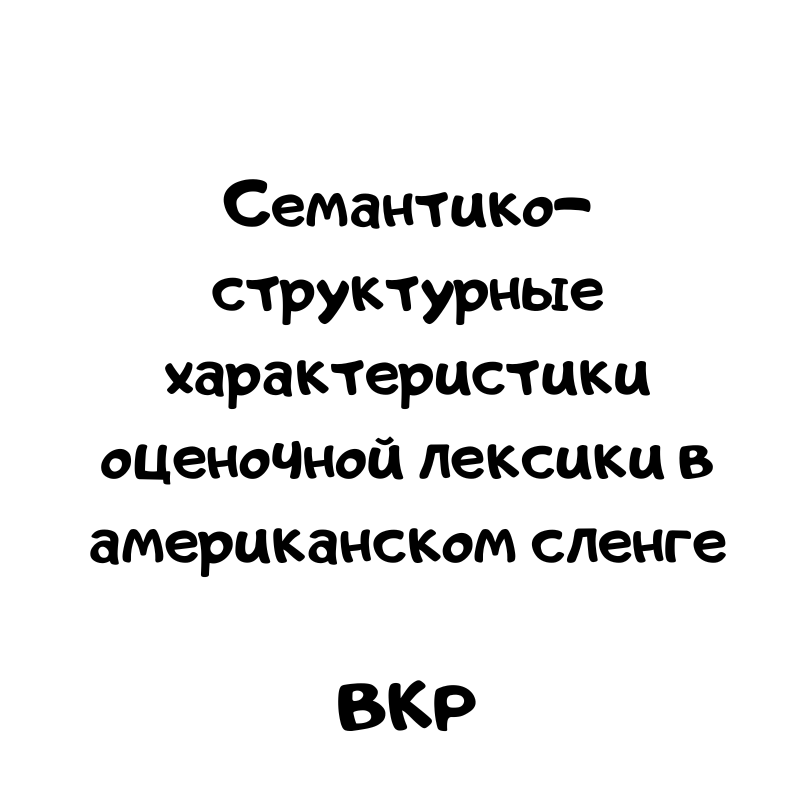Module 1 capital & labour
200 pуб.
Купить
В наличии: 0
шт.
Module 1 capital & labour
1.Read and translate the text
Factors of production are resources used by firms as inputs for a good or service to be produced. Factors of production are as follows: capital, labour, and natural resources.
In economic theory, the term "capital" refers to goods and money used to produce more goods and money. Classifications of capital vary with the purpose of the classification. The most general distinction is the one made between physical, financial, and human capital.
Physical capital is land, buildings, equipment, raw materials; bonds, stocks, available bank balances are included in the financial capital. They both make great contribution to production.
To group capital into fixed capital and circulating capital is common practice. The former refers to means of production such as land, buildings, machinery and various equipment. They are durable, that is, they participate in the production process over several years. Circulating capital includes both non-renewable goods, such as raw materials and fuel, and the funds required to pay wages and other claims against the enterprise. Non-renewable goods are used up in one production cycle and their value is fully transferred to the final product.
Human capital is knowledge that contributes "know-how" to production. It is increased by research and disseminated through education. Investment in human capital results in new, technically improved, products and production processes which improve economic efficiency. Like physical capital, human capital is important enough to be an indicator of economic development of a nation.
It is common, in economics, to understand labour as an effort needed to satisfy human needs. It is one of the three leading elements of production. Labour has a variety of functions: production of raw materials, manufacturing of final products, transferring things from one place to another, management of production, and services like the ones rendered by physicians and teachers.
One can classify labour into productive and unproductive. The former produces physical objects having utility. The latter is useful but does not produce material wealth. Labour of the musician is an example.
Unlike other factors of production, for example capital, once workers are employed, their efficiency can vary greatly with organization of work and their motivation.
Demand for labour is influenced by the demand for goods produced by workers, the proportion of wages in total production costs, etc. The supply of labour depends upon the size of population, geographic mobility, skills, education level (human capital), etc. Workers supply labour either individually or through trade unions. If demand for and supply of labour are not in equilibrium, there is unemployment. The rate of unemployment is a percentage of the total labour force without a job. It is desirable for an economy to have the lowest possible unemployment rate and to achieve higher employment as neither full use of resources nor maximum level of output can be achieved in an economy having unemployment. Factors of production are combined together in different proportions in order to produce output. It is assumed in economics that one should choose the combination of factors which minimizes the cost of production and increases profits.
2.Decide whether the sentences are True or False
1. Physical capital is much more important than human capital.
2. Unproductive labour produces physical objects having utility.
3. Demand for labour depends on the demand for goods produced by workers.
4. It is desirable for an economy to have the highest possible employment rate.
5. It is assumed in economics that one should choose the combination of factors which reduces the cost of production.
3. Answer the questions
1. What type of labour is useful but does not produce material wealth?
A. Productive labour B. Unproductive labour
2. What has a big impact on the demand for labour?
A. Demand for goods produced by workers B. Demand for import
3. What will be the result if demand for supply of labour are not equal?
A. Employment B. Unemployment
4. Investment in human capital can ...
A. Improve economic efficiency B. Reduce economic efficiency
5. One of the functions of labour is ...
A. Management of production B. Production of money
4. Match words with their definitions
1. Fixed capital
2. Productive labour
3. Rate of unemployment
4. Circulating capital
5. Factors of production
A. Non-renewable goods
B. Resources used by firms
C. Production of durable things
D. Percentage of the total labour force without a job
E. Production of physical objects
5.Open the brackets choosing the correct word.
1. (Like/unlike) physical capital, human capital is expensive. 2. Individuals can (either/neither) spend their income on consumption (or/nor) save it. 3. In labour markets many aspects are regulated: paid holidays, the length of working day and week and other aspects of the (employment/contribution) relationship. 4. Changing policies (require/vary with) constant updating of statistical systems.
6. Connect two parts of sentences
1. Infrastructure equipment
2. Large Pakistani population living in many countries
3. Long-term-unemployed workers lose
4. Minimum wages
5. Like physical capital such as factory and machinary, human capital
6. It is required that all goods and services
7. Economists use the word "capital" for goods
8. The national labour force
9. Capital includes such non-renewable goods as
10. Efficiency is
11. Means of production are
A. the human capital and contact with the active labour force
B. the relationship between factor inputs and outputs of goods and services
C. the same as factors of production
D. (roads, bridges) is often publicly owned and operated
E. produced must be bought
F. includes all people within the nation who are available for work, that is, the working population
G. sometimes reduce the demand for labour
H. raw materials and fuel
I. that are not entirely used up in the production process
J. regularly transfers labour income to the home country
K. is the result of past investment and its purpose is to generate future incomes
7. Think about this quote expressed by A.Lincoln. Do you agree with him or not? Expand your answer.
"Labour is prior to, and independent of, capital. Capital is only the fruit of labour, and could never have existed if labour had not first existed."
1.Read and translate the text
Factors of production are resources used by firms as inputs for a good or service to be produced. Factors of production are as follows: capital, labour, and natural resources.
In economic theory, the term "capital" refers to goods and money used to produce more goods and money. Classifications of capital vary with the purpose of the classification. The most general distinction is the one made between physical, financial, and human capital.
Physical capital is land, buildings, equipment, raw materials; bonds, stocks, available bank balances are included in the financial capital. They both make great contribution to production.
To group capital into fixed capital and circulating capital is common practice. The former refers to means of production such as land, buildings, machinery and various equipment. They are durable, that is, they participate in the production process over several years. Circulating capital includes both non-renewable goods, such as raw materials and fuel, and the funds required to pay wages and other claims against the enterprise. Non-renewable goods are used up in one production cycle and their value is fully transferred to the final product.
Human capital is knowledge that contributes "know-how" to production. It is increased by research and disseminated through education. Investment in human capital results in new, technically improved, products and production processes which improve economic efficiency. Like physical capital, human capital is important enough to be an indicator of economic development of a nation.
It is common, in economics, to understand labour as an effort needed to satisfy human needs. It is one of the three leading elements of production. Labour has a variety of functions: production of raw materials, manufacturing of final products, transferring things from one place to another, management of production, and services like the ones rendered by physicians and teachers.
One can classify labour into productive and unproductive. The former produces physical objects having utility. The latter is useful but does not produce material wealth. Labour of the musician is an example.
Unlike other factors of production, for example capital, once workers are employed, their efficiency can vary greatly with organization of work and their motivation.
Demand for labour is influenced by the demand for goods produced by workers, the proportion of wages in total production costs, etc. The supply of labour depends upon the size of population, geographic mobility, skills, education level (human capital), etc. Workers supply labour either individually or through trade unions. If demand for and supply of labour are not in equilibrium, there is unemployment. The rate of unemployment is a percentage of the total labour force without a job. It is desirable for an economy to have the lowest possible unemployment rate and to achieve higher employment as neither full use of resources nor maximum level of output can be achieved in an economy having unemployment. Factors of production are combined together in different proportions in order to produce output. It is assumed in economics that one should choose the combination of factors which minimizes the cost of production and increases profits.
2.Decide whether the sentences are True or False
1. Physical capital is much more important than human capital.
2. Unproductive labour produces physical objects having utility.
3. Demand for labour depends on the demand for goods produced by workers.
4. It is desirable for an economy to have the highest possible employment rate.
5. It is assumed in economics that one should choose the combination of factors which reduces the cost of production.
3. Answer the questions
1. What type of labour is useful but does not produce material wealth?
A. Productive labour B. Unproductive labour
2. What has a big impact on the demand for labour?
A. Demand for goods produced by workers B. Demand for import
3. What will be the result if demand for supply of labour are not equal?
A. Employment B. Unemployment
4. Investment in human capital can ...
A. Improve economic efficiency B. Reduce economic efficiency
5. One of the functions of labour is ...
A. Management of production B. Production of money
4. Match words with their definitions
1. Fixed capital
2. Productive labour
3. Rate of unemployment
4. Circulating capital
5. Factors of production
A. Non-renewable goods
B. Resources used by firms
C. Production of durable things
D. Percentage of the total labour force without a job
E. Production of physical objects
5.Open the brackets choosing the correct word.
1. (Like/unlike) physical capital, human capital is expensive. 2. Individuals can (either/neither) spend their income on consumption (or/nor) save it. 3. In labour markets many aspects are regulated: paid holidays, the length of working day and week and other aspects of the (employment/contribution) relationship. 4. Changing policies (require/vary with) constant updating of statistical systems.
6. Connect two parts of sentences
1. Infrastructure equipment
2. Large Pakistani population living in many countries
3. Long-term-unemployed workers lose
4. Minimum wages
5. Like physical capital such as factory and machinary, human capital
6. It is required that all goods and services
7. Economists use the word "capital" for goods
8. The national labour force
9. Capital includes such non-renewable goods as
10. Efficiency is
11. Means of production are
A. the human capital and contact with the active labour force
B. the relationship between factor inputs and outputs of goods and services
C. the same as factors of production
D. (roads, bridges) is often publicly owned and operated
E. produced must be bought
F. includes all people within the nation who are available for work, that is, the working population
G. sometimes reduce the demand for labour
H. raw materials and fuel
I. that are not entirely used up in the production process
J. regularly transfers labour income to the home country
K. is the result of past investment and its purpose is to generate future incomes
7. Think about this quote expressed by A.Lincoln. Do you agree with him or not? Expand your answer.
"Labour is prior to, and independent of, capital. Capital is only the fruit of labour, and could never have existed if labour had not first existed."




